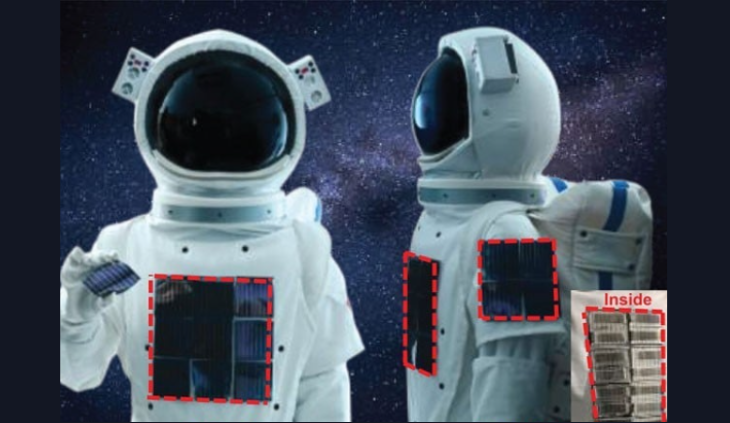In a groundbreaking development, scientists from Nanjing University have unveiled solar-powered smart clothes designed to serve as personal air conditioners.

Scientists from Nanjing University have unveiled solar-powered smart clothes designed to serve as personal air conditioners.
This innovative system utilizes flexible solar cells and an electrical device, creating garments that adapt to ambient temperatures. Unlike traditional clothing, which aims to provide warmth or coolness, these technologically advanced garments offer a dynamic solution for diverse environments.
The Technology Behind Solar-Powered Smart Clothes
The core of this revolutionary clothing system lies in the integration of flexible solar cells and an electrical device. This combination allows the clothing to actively respond to changes in ambient temperature, ensuring the wearer’s comfort. The flexibility of the solar cells enables seamless incorporation into traditional clothing, making it a versatile and adaptable solution.
Adapting to Extreme Environments
Traditional clothing often struggles to keep individuals cool or warm, presenting challenges exacerbated by climate change. The newly developed smart clothes, however, offer a promising solution for adapting to extreme weather conditions. These garments can be particularly crucial in environments like space, where temperature variations pose significant dangers.
Key Features and Capabilities
The solar-powered smart clothes exhibit remarkable features and capabilities:
- Temperature Adaptation: The system can cool the clothes by up to 10.1 degrees Celsius and heat them by up to 3.2 degrees, maintaining a comfortable temperature range of 32 to 36 degrees.
- Duration of Operation: With a 12-hour exposure to sunlight, the system can function for up to 24 hours, providing sustained climate control.
- Versatility: The system can be seamlessly integrated into traditional clothing, opening up possibilities for widespread adoption.
Potential Applications
Climate Change Mitigation
In the context of climate change, these smart clothes could be a game-changer, helping individuals stay cool in hot weather and warm in cold weather. Regions already grappling with the impacts of climate change, such as the Middle East and Africa, could benefit significantly.
Space Exploration
For space exploration, the adaptability of these smart clothes offers a solution for astronauts to stay comfortable and safe during extended missions. This becomes especially crucial for ambitious ventures like missions to Mars.
Harsh Environments on Earth
Beyond space exploration, the technology holds promise for various challenging environments on Earth, including deserts, forests, and mountains. It could aid individuals such as firefighters, soldiers, and hikers in staying safe and healthy.
The solar-powered smart clothes represent a remarkable leap forward in wearable technology, offering a self-sufficient solution for thermal management. With applications ranging from climate change resilience to space exploration and diverse harsh environments, this innovation has the potential to redefine comfort and safety in various scenarios. As technology continues to advance, these smart clothes could become a symbol of adaptability and resilience in the face of challenging conditions.